The course of Optimal Control and Game Theory in Flight Mechanics aims at providing sophisticate theoretical and
numerical tools for the design of advanced aerospace missions and operations. Relevant study cases selected from real
mission scenarios will be simulated using GMAT, Matlab/Simulink software. The course is organized as follows:
(1) Theoretical background and introduction to optimal control: The basic concepts of astrodynamics and flight
mechanics are reviewed. Emphasis is given to the mathematical and technical tools which will be used during the
following classes.
(2) Optimal rocket trajectories and control: The problem of optimal control is introduced considering applications on
rocket moving in the atmosphere. The module covers: optimal solutions to the problem of orbit injection (with
impulsive and continuous thrust, staging and constrained performance of the actuators), optimal pitch control,
optimal staging and sub-optimal guidance suitable for real-time implementation. Several guidance laws are
compared together with numerical methods to solve the optimization problem. Exact and numerical solutions are
discussed, providing the student the knowledge to apply the most appropriate one depending on the operative
scenario under investigation.
(3) Optimal orbital maneuvers: The problem of orbital transfer in the presence of perturbations and in the multi-body
environment is studied. The characterization of low-energy trajectories existing in such a dynamical framework is
presented and optimal guidance strategies for low-thrust transit and ballistic captures are developed. At the end of
this block, the students will manage advanced tools for designing modern low-energy / low-thrust missions.
(4) Dynamic game theory in flight mechanics: Dynamic game theory is introduced to investigate the motion of two
noncooperative space vehicles. A variety of scenarios, including operations between two spacecraft in proximity
(space) and missile interception (atmosphere), are modeled as zero-sum dynamic games. Numerical solutions for the
mentioned scenario are discussed, introducing the students to the problem of optimization in multi-spacecraft
environment.
Relevant study cases selected from real mission scenarios will be simulated using GMAT, Matlab/Simulink software.

